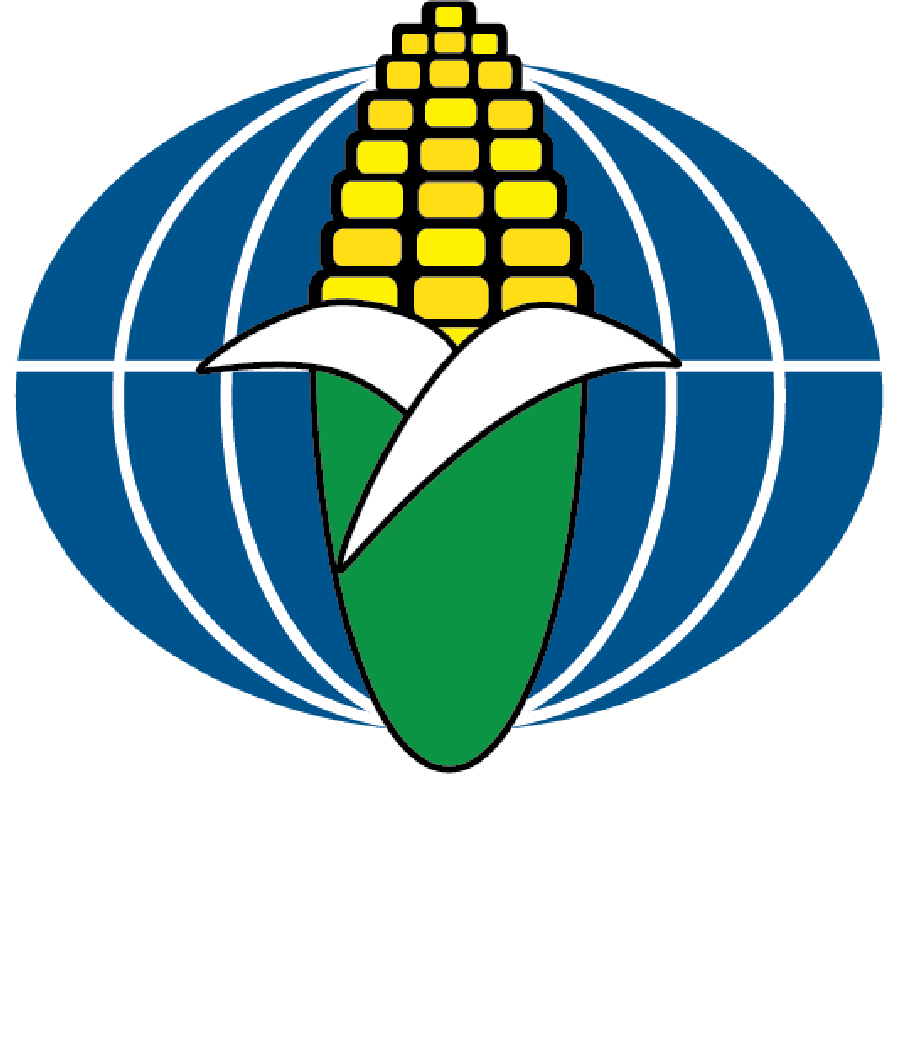What makes the best corn silage?
By Margo Lee
As corn silage product developers, we are frequently asked how our Floury Leafies compare to BMRs. BMR or Brown Mid Rib, is a silage-specific corn hybrid type that is recognized for producing corn plants with a higher level of digestible fiber. This improved fiber quality makes it a top pick for some dairies and nutritionists. While we do not dispute the higher levels of NDFd (digestible fiber) and lower levels of lignin (indigestible fiber) in the chopped BMR silage compared to Floury Leafies, we’re asking the question: At what cost? And are dairies really getting what they’re paying for?
To help answer these questions, we commissioned the University of Wisconsin to do a milk study comparing a Floury Leafy to a BMR. This study was published in 2015. At our request, the researchers planted the Floury Leafy at its lower, recommended population of 28,000 ppa and the BMR at its recommended population of 32,000 ppa. They also grew the two hybrids in nearby, but different fields so that the Floury Leafy could have its required pollen isolation in order to produce its maximum 25% floury kernels. Researchers found an 11% yield advantage for the Floury Leafy when it was planted at a population of 14% less seed per acre (Ferraretto et al., 2015). This yield advantage was also found in our population-sensitive replicated trials in Ontario the same season.
When balancing the two rations, researchers added straw to the Floury Leafy ration because it was required in the BMR ration. With our insistence that the Floury Leafy ration already had adequate effective fiber, researchers removed the wheat straw from the Floury Leafy ration at week eight of the feed study and replaced it with more fermented Floury Leafy Corn Silage. They then measured the lignin content of the two rations and found that “dietary lignin concentration was similar for the 2 treatments”. Researchers found that feed efficiency of the two rations was the same and that the Floury Leafy had “a 10 percentage unit greater ruminal in situ starch digestibility coefficient”. The study found that the BMR-fed cows produced more 3.5% fat corrected milk (50.8 kg/day) compared to the Floury Leafy, which produced 49.7 kg/day. (Ferraretto et al., 2015)
When we take into account the lower seeding rate, improved yield, increased starch digestibility, and the ability to eliminate straw from the diet and achieve the same dietary lignin levels as the BMR ration, the Floury Leafy more than makes up for the 2.2% advantage that the BMR had in 3.5% FCM production. It is also possible that the Floury Leafy-fed cows would have produced more FCM than the BMR if they had not been fed a ration with wheat straw for the first half of the study.
But all of this begs the question: What good is it to plant a BMR corn silage product that produces a lower level of NDFd if the dairy operator has to add lignin in the form of straw back in to the ration to feed it to their lactating cows? We’ve come to the conclusion in our own breeding program that you can only remove so much lignin from the corn plant before the product compromises on agronomics and yield. We select those hybrids that have good NDFd, good standability and a useful dietary mix of digestible and effective fiber in the harvested silage.
This study confirms what we’ve seen on many farms over the years: Leafy yields more than the BMR with less seed, and without the premium price. We also see in this study that by the time the corn silage is balanced in a ration for the cow to eat, there’s no fiber advantage. With BMR, the farmer has paid more money for more bags of seed and harvests a lower yielding crop. They’ve also paid for straw and its associated storage and handling. And they miss out on all of the benefits of the increased starch digestibility, wider harvest window, improved agronomics and ration-type adaptability that come with the Floury Leafy.
Ferraretto, L. F., Fonseca, A. C., Sniffen, C. J., Formigoni, A., and Shaver, R. D. (2015). “Effect of corn silage hybrids differing in starch and neutral detergent fiber digestibility on lactation performance and total-tract nutrient digestibility by dairy cows.” J. Dairy Sci. 98: 395–405.

